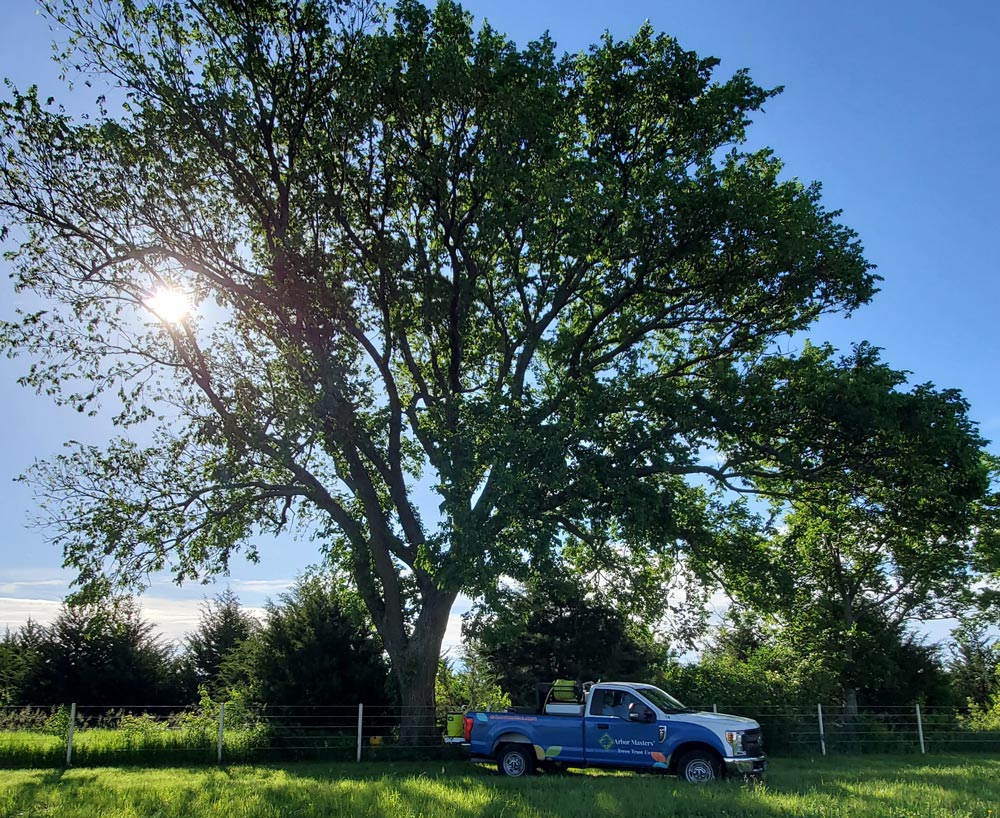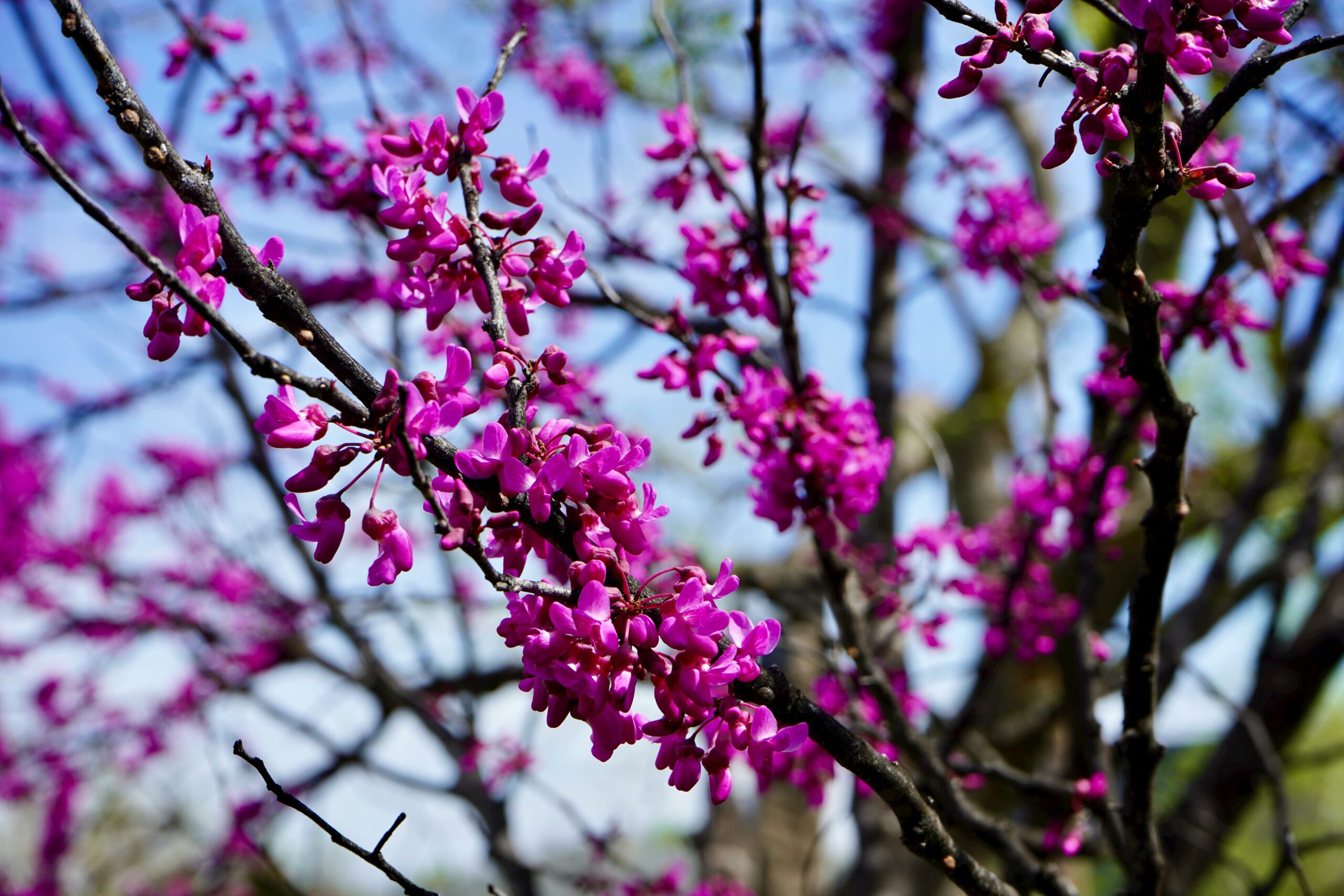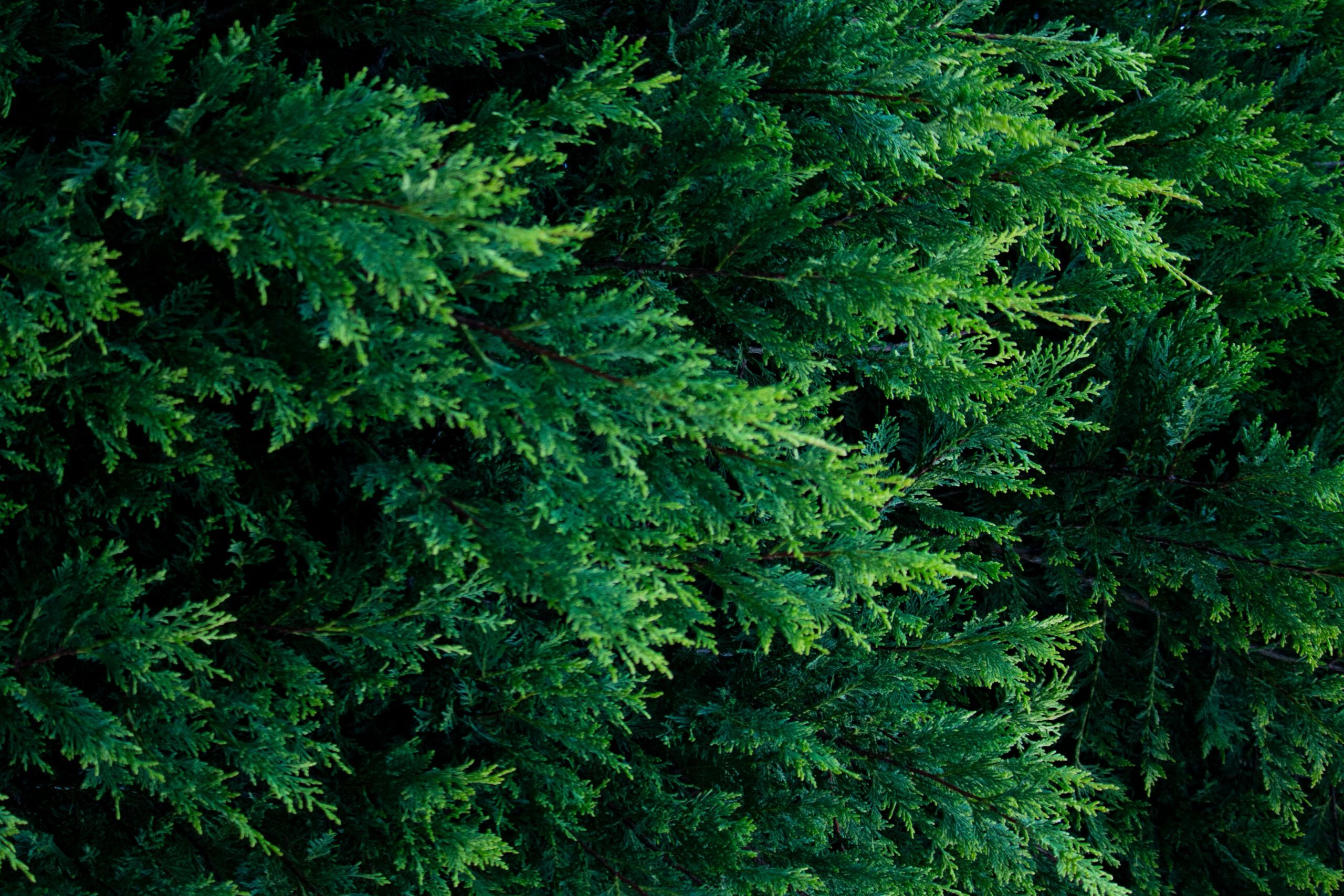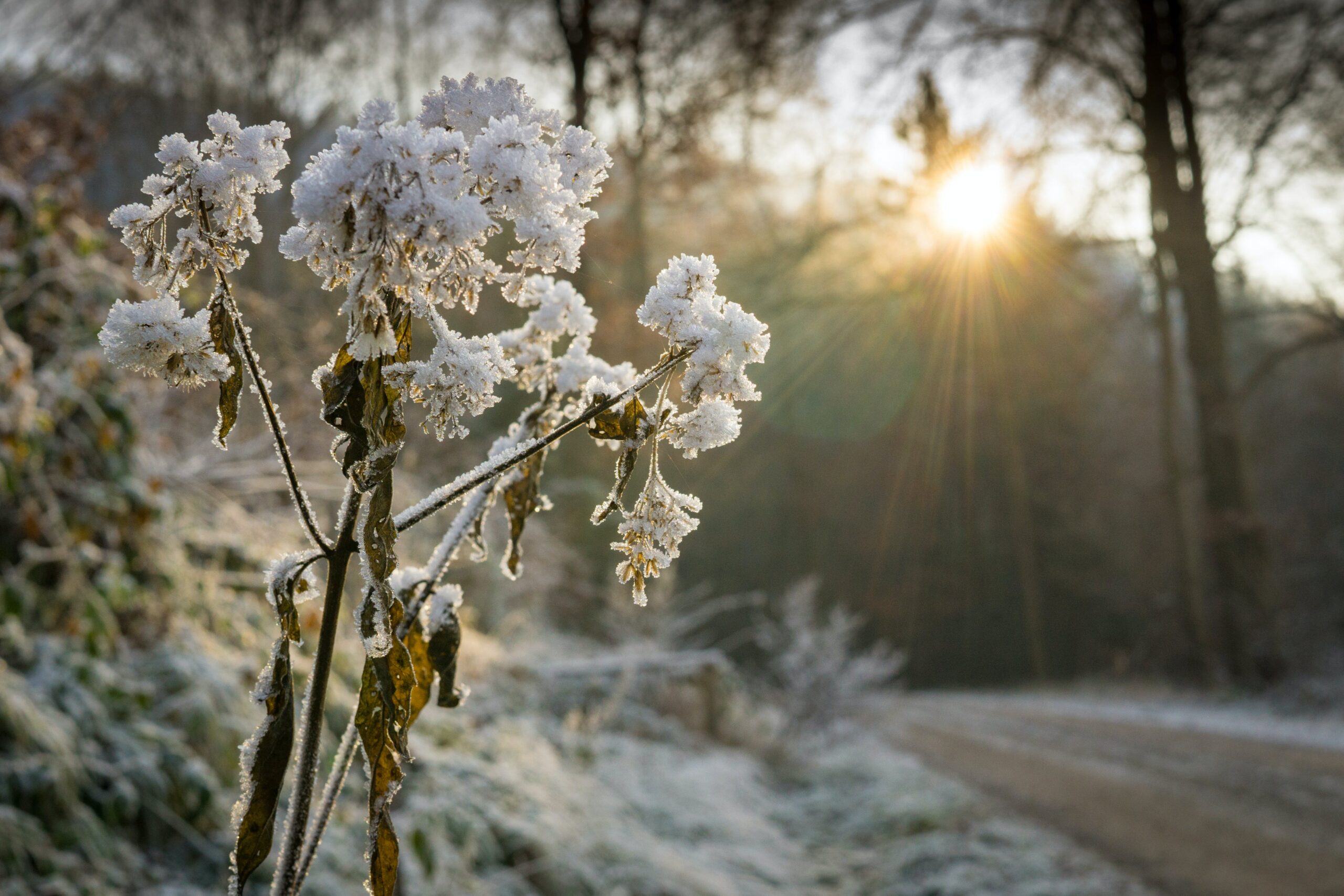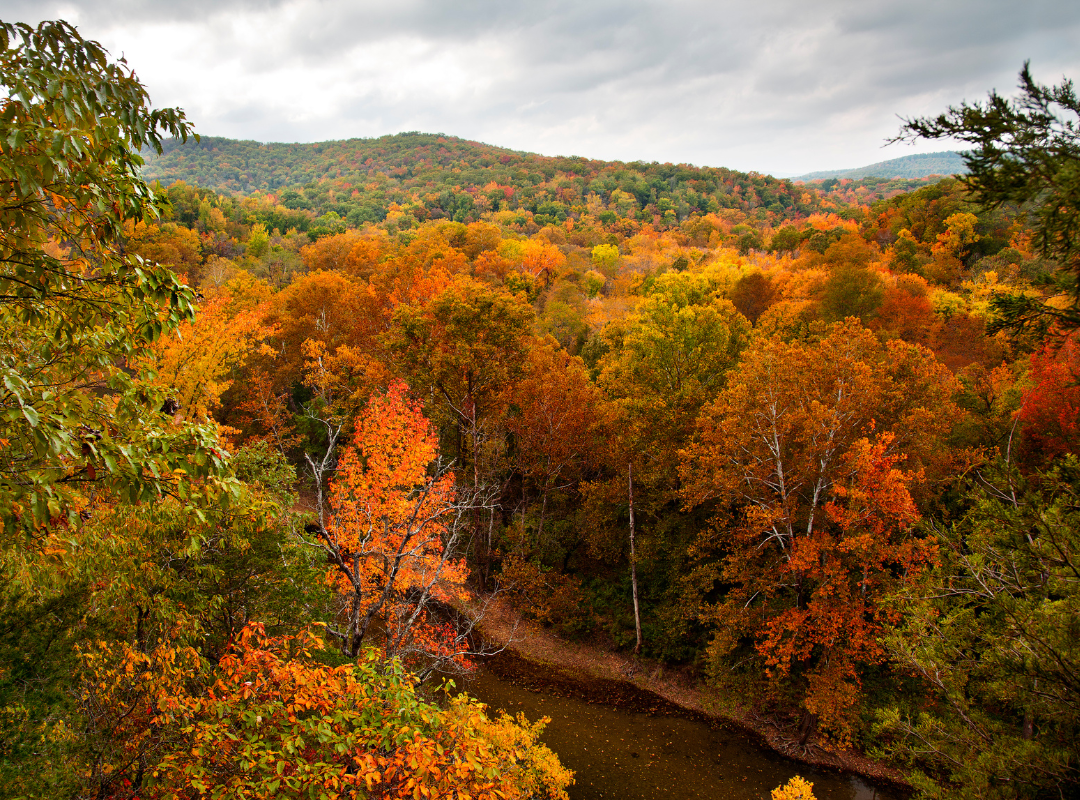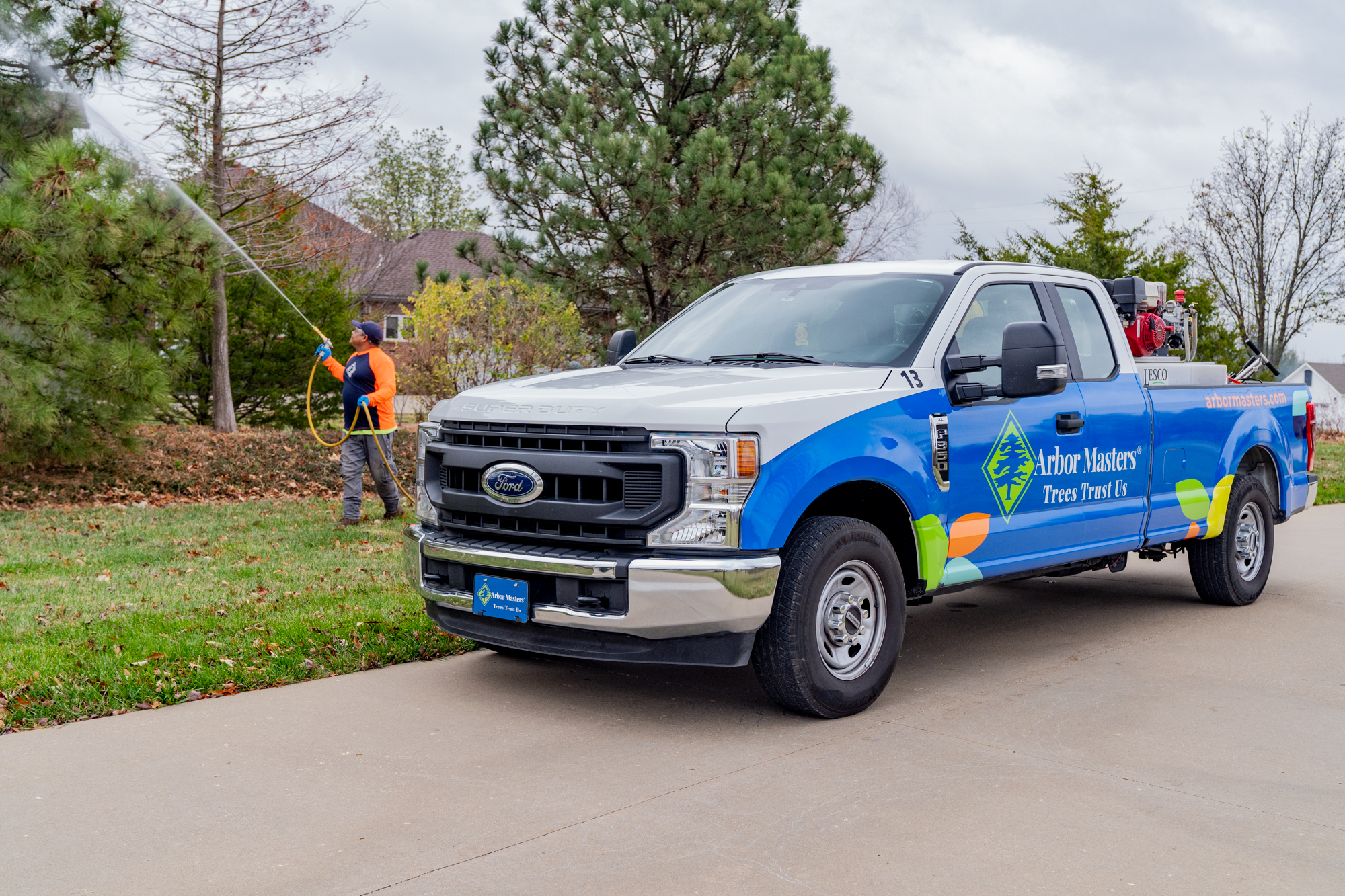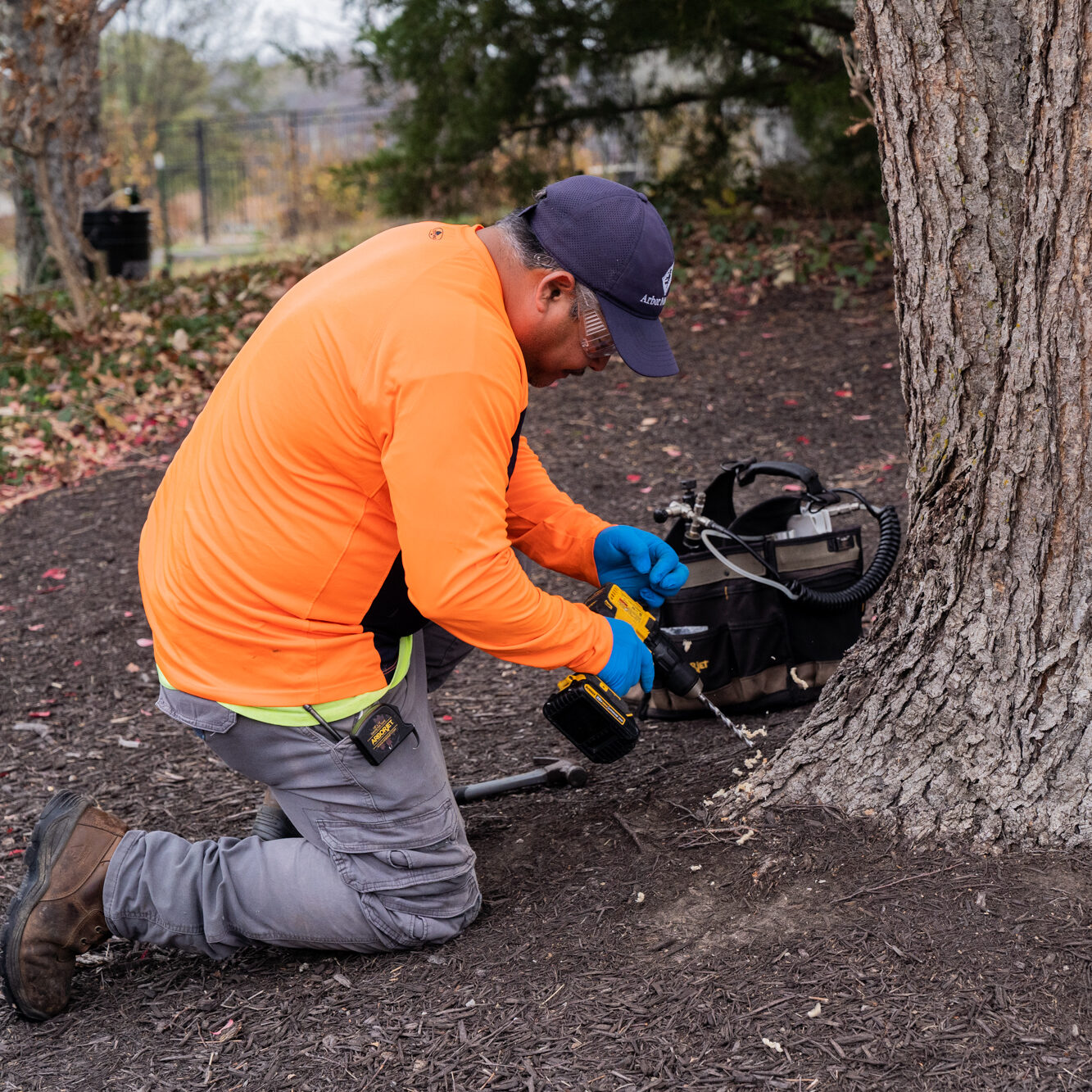Towering up to 80 feet tall, Elm trees (genus Ulmus) are found throughout the Northern Hemisphere and have been introduced elsewhere on the globe. Historically, they were one of the most popular shade trees planted in many U.S. cities in the late 1800s and early 1900s. Their use dates back many centuries, as Native Americans commonly used Elm tree wood as signposts for tribal meetings. Elm trees leaf out earlier in spring than many other deciduous trees, making them a valuable food source for insects. Their flowers are visited by bees, and they are the sole food supply for caterpillars of many moths and some butterflies, additionally providing a food source to songbirds.
In the 1930s, just as the Elm tree had become a popular plant in America’s cities, Dutch Elm Disease made itself known to the Elm tree population in Cleveland, Ohio. This fungus has remained one of the most destructive shade tree diseases in the U.S. since its arrival.
Because Elm trees remain popular shade trees across the Central Plains states like Texas, Oklahoma, Kansas, Missouri and Iowa, it is important to understand Dutch elm disease, recognize its symptoms and know how to protect your trees from it.
What is Dutch Elm Disease?
Dutch elm disease is a devastating fungal disease that affects elm trees and, on rare occasion, Zelkova. The source fungus likely originated in Asia. Coined “Dutch elm disease” due to it being first recognized and described by a Dutch plant scientist, it was first noted in Europe in the 1910s, where it killed an estimated 40% of Elm trees in multiple European countries in just 30 years. In 1960, a second outbreak of the disease, caused by an entirely different, far more aggressive species of fungus, continued to destroy Elm forests in Europe. In the late 1920s, the fungus arrived in North America on imported European timber. Sadly, more than 75% of the North American Elm tree population was killed by 1990.
What Causes Dutch Elm Disease?
All species of Elm native to North America are susceptible to Dutch elm disease, although disease resistant cultivars are occasionally available. Siberian elm and Chinese elm cultivars are resistant. If you want to fully understand the disease, you need to know what causes it and how it spreads.
Ophiostoma Fungi
Dutch elm disease is caused by the fungus Ophiostoma Ulmi or O. Novo-Ulmi. The fungus infects the bark and tissue of the trees. As Elm trees produce springwood in the springtime, the thin-walled xylem vessels in the tissue become the ideal habitat for the fungal disease to spread. As the xylem vessels are infected, water transport is blocked, leading to wilting and eventual death if left untreated.
Ophiostoma fungi are transmitted to Elm trees in two common ways: transmission through Bark Beetles and transmission through root grafting.
Bark Beetles
Two species of bark beetles are likely responsible for spreading this disease. The native elm bark beetle, but more commonly, the European elm bark beetle. European Bark Beetles arrived in North America in the early 1900s. The beetles are stout, reddish-brown and measure about 1/8 inch long. As of 2023, the Bark Beetle is the most common beetle found in the Northeastern United States, and its population continues to grow throughout the Central Plains region. European elm bark beetles, the more common of the two, overwinter as larvae in the wood of recently killed elm trees. In April, adults emerge, feeding mostly in the small branches high in the tree canopy. This is the entry point of fungus vectored by the beetle. This generation will then seek out dead elm trees for its egg-laying. The second generation of beetles emerge in July, repeating the cycle with a third generation emerging in September. These beetles and/or the eggs they lay will then overwinter in dead elm wood.
The fungus is what kills the tree, rather than larvae feeding, which only occurs on trees already dead. This is distinct from another well-known borer, the Emerald Ash Borer, which lays eggs in living tissue, eaten by the larvae, eventually killing a live ash tree if left untreated.
Root Grafting
Root grafting is a natural phenomenon where the roots of two or more plants grow together and form a connection. This can happen between trees of the same species or different species. When the roots touch, they may graft, sharing resources including water and nutrients like nitrogen to support growth as well as act as a stronger base for both trees to withstand extreme winds. However, grafted roots also allow for pathogens to spread from one tree to another including the fungus that causes Dutch elm disease. This mode of transmission will result in the much quicker decline of the infected elm, from the roots into the trunk and then branches, rather than at the top of the canopy for beetle vectored infection.
Symptoms of Dutch Elm Disease
As Dutch elm disease advances, it shows its damage in the tree’s leaves. From early leaf flagging and wilting to premature dropping, Dutch elm disease can be easily identified in its early stages.
Flagging Leaves
The earliest symptom of Dutch elm disease is leaf flagging. Flagging is when Elm tree leaves begin to turn to a yellow-brown color and curl into themselves. This discoloration is the result of the fungus blocking the tree’s vascular system, preventing water and nutrients from reaching the leaves to produce chlorophyll. Flagging will typically begin in spring or summer at the very ends of Elm tree branches. In younger or more vulnerable trees, flagging will more quickly lead to leaf drop when compared to more mature Elm trees.
Leaf Browning and Early Leaf Drop
As the disease progresses, yellow leaves will turn dark brown, become brittle and eventually fall from the tree. As leaves from exterior branches die, the disease will develop inward along the tree’s branches. If left untreated at this stage, Dutch elm disease can kill Elm trees after just a few months, while others may survive for a year or longer.
Twigs Turn Down to Form “Shepherd’s Crooks”
As the disease spreads and kills branches, dead branch tips will bend downwards creating “shepherd’s crooks” due to tissue wilting. Underneath the bark of dead branches, researchers have observed discoloration and vascular streaking because of the fungus in the tree’s vascular system. In a cross-section of a branch or twig, there will be a broken or continuous ring in the outer rings of the wood if the tree was infected during the current growing season.
How to Treat Dutch Elm Disease
There is no definitive cure for Dutch elm disease, however, if caught early enough, preventative treatments can be effective in combatting Dutch elm disease. Research and plant breeding has resulted in resistant American Elm and hybrid Elm species to introduce throughout the country, aiming to weed out the disease. At Arbor Masters, we specialize in comprehensive plant health care. We recommend regular tree evaluations to catch pest and disease issues before they result in irreversible decline.
We also recommend promoting overall health and vigor, which allows our specific treatments to be more effective. We can treat Dutch elm disease when caught early enough to help preserve your elm trees. If your Elm trees end up contracting Dutch elm disease, our standard practice is to prune away the infected branches, eradicating the fungus before it spreads deeper into the tree. In extreme cases, our arborists may advise whole tree removal to prevent further infection from spreading to nearby Elm trees.
It is important to contact your local arborist for an assessment and recommended treatment plan if you see symptoms of Dutch elm disease. To prevent the spread of the disease through root grafting, we recommend planting new disease-resistant elm trees at least 50 feet apart. This will help to reduce the chances of root grafting occurring.
Give your Elms a Chance to Survive
Dutch elm disease is an extremely dangerous fungal infection plaguing North America and Europe. With decades of destruction spread by Bark Beetles and through root grafting in Elm trees, it is more important than ever to understand and identify the early signs such as leaf flagging, browning and early leaf dropping. By starting early treatment, you can give your Elm trees – and your neighbors’ Elm trees – a chance to survive.
If you are seeing early signs of Dutch elm disease, don’t hesitate. Contact your local arborist today to learn more and get started on your custom treatment plan.


